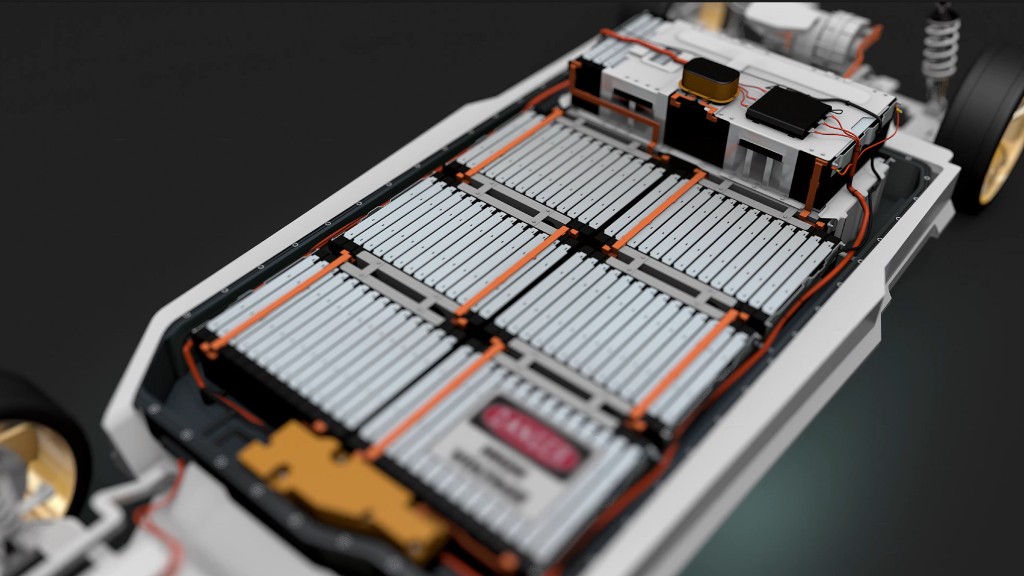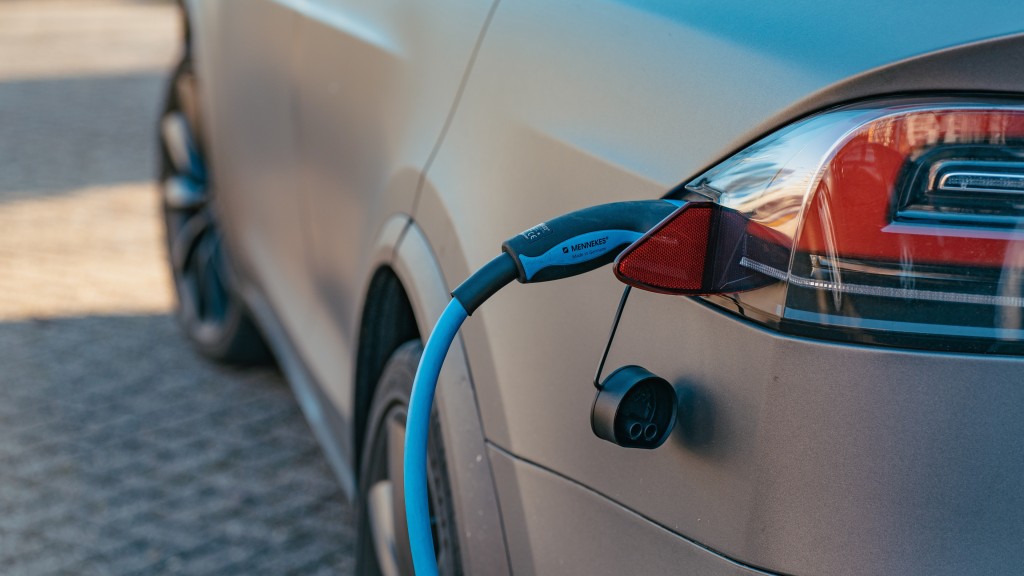
Using its patented Hydro-to-Cathode process and recycled materials, Ascend Elements can manufacture new EV battery material (NMC 622 cathode) at a 49 percent reduction in carbon emissions compared to traditional cathode manufacturing processes that rely on primary materials from mining. By 2030, the company aims to achieve a 90 percent reduction in carbon footprint for its NMC 622 cathode product, according to a new Life Cycle Assessment (LCA) published this week. The study was conducted by a third party following the ISO 14067:2018 standard and independently reviewed and verified.
"We have an opportunity to make new EV battery materials, and new EVs, far cleaner than they are today," said Mike O'Kronley, CEO of Ascend Elements. "With our ultra-efficient Hydro-to-Cathode process and use of recycled battery materials instead of primary materials from mining, we can cut the climate impact of new cathode material in half. Beyond that, we're on a path to achieve a 90 percent reduction in carbon footprint by 2030."
The company's decarbonization path includes the use of 100 percent renewable energy in its recycling and manufacturing facilities, the use of rail to transport materials, and the use of responsibly sourced lithium carbonate (Li²CO³).
According to the study, the production of one kilogram of typical cathode material (NMC 622 with primary material from mining) generates 42.8 kilograms of CO2 emissions. Using Ascend Elements' manufacturing process with recycled battery material, the production of one kilogram of NMC 622 cathode generates 21.9 kilograms of CO2 emissions. With the company's decarbonization plans achieved by 2030, the production of one kilogram of NMC 622 cathode will generate just 4.4 kilograms of CO2 emissions.
"To put these numbers in perspective, if we manufacture 10,000 metric tons of Hydro-to-Cathode NMC 622 using our decarbonized future process, the carbon emissions reduction would be like removing 83,500 gas-powered cars from the road for one year," said O'Kronley.
A summary of the LCA Study is available for download. Carbon emissions for "typical cathode" are based on the use of nickel sulfate hexahydrate from Indonesian laterites using nickel matte via RKEF as an intermediate; cobalt sulfate from ore mined in the DRC and refined in China; and manganese sulfate mined in South Africa and refined in China.



